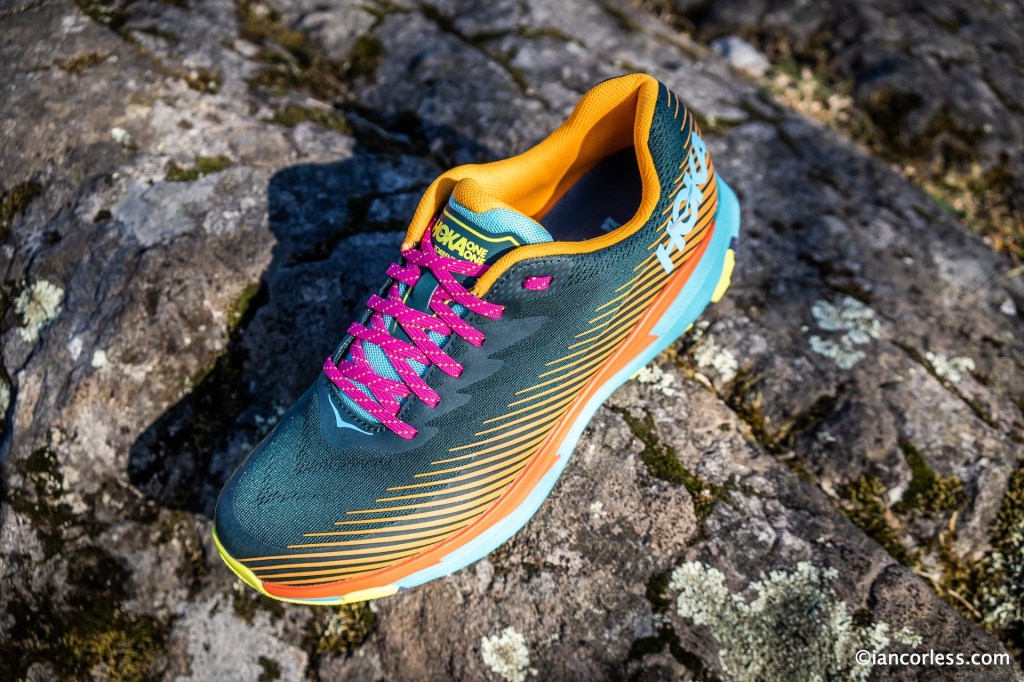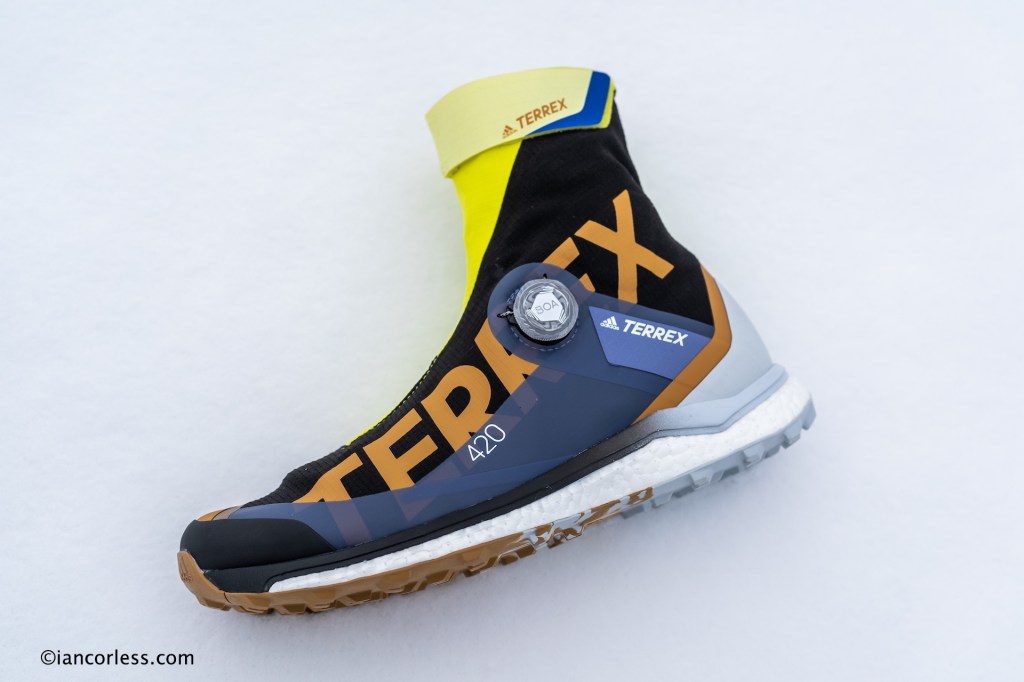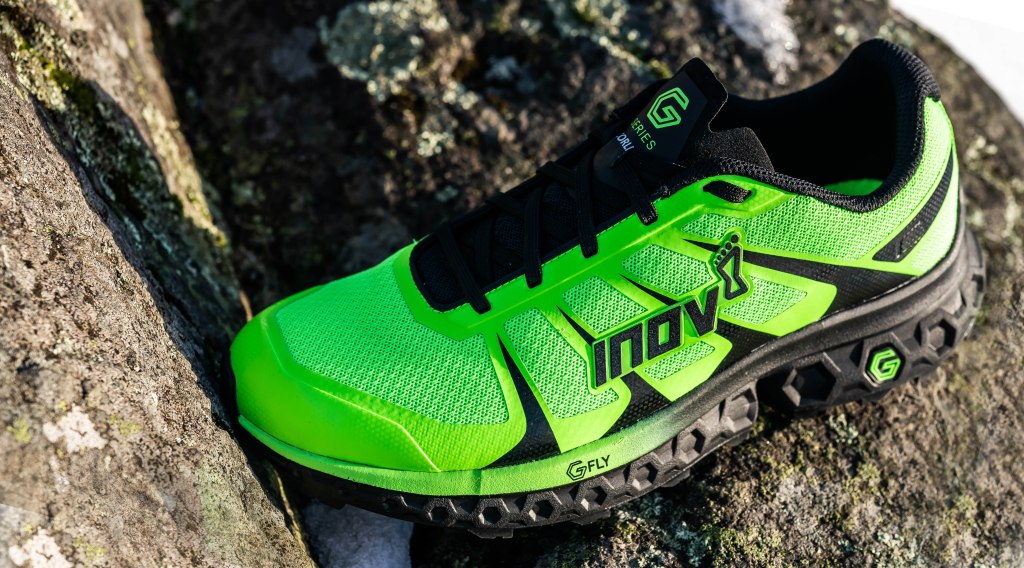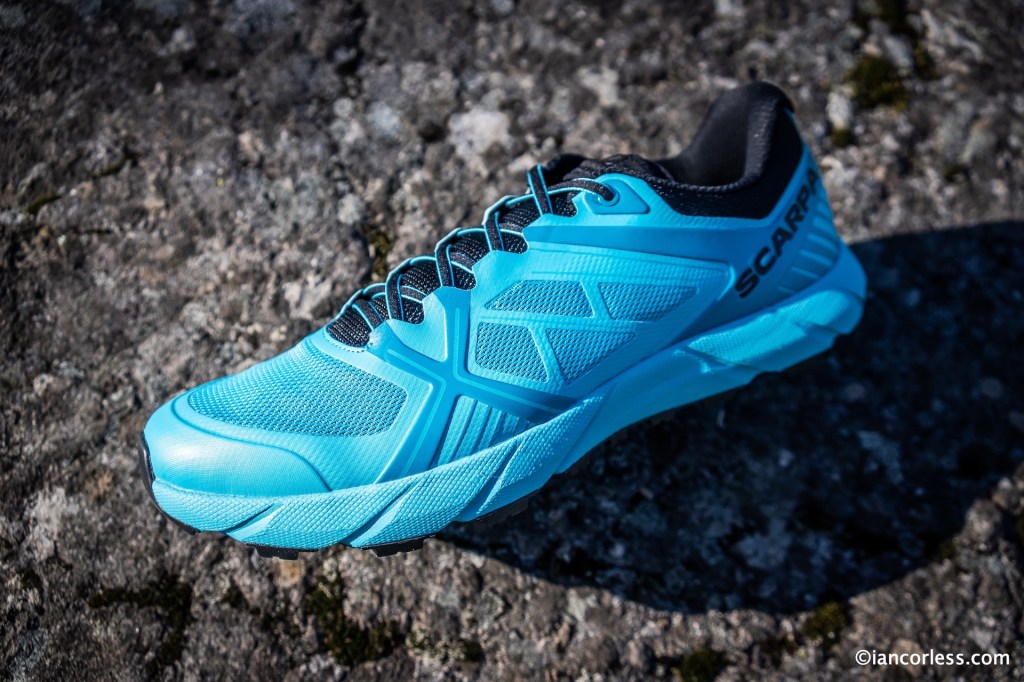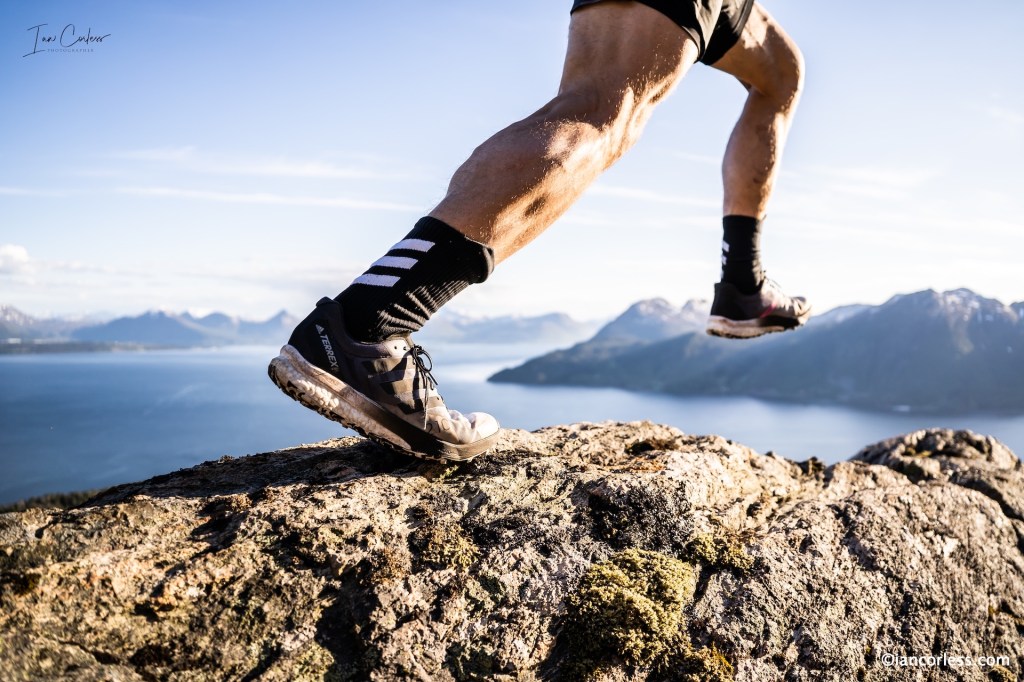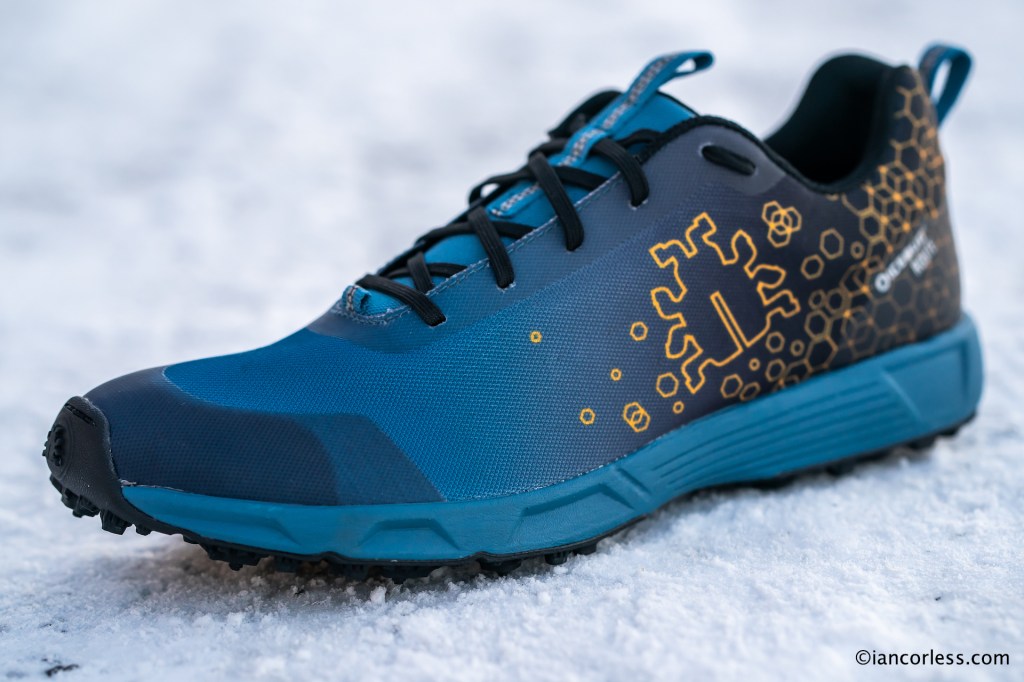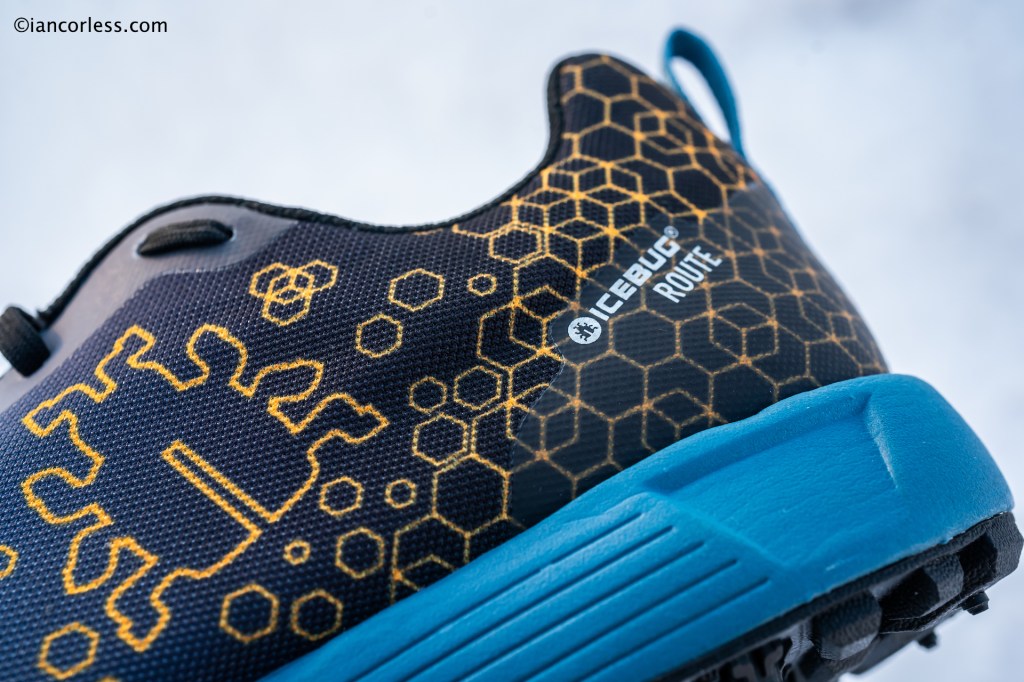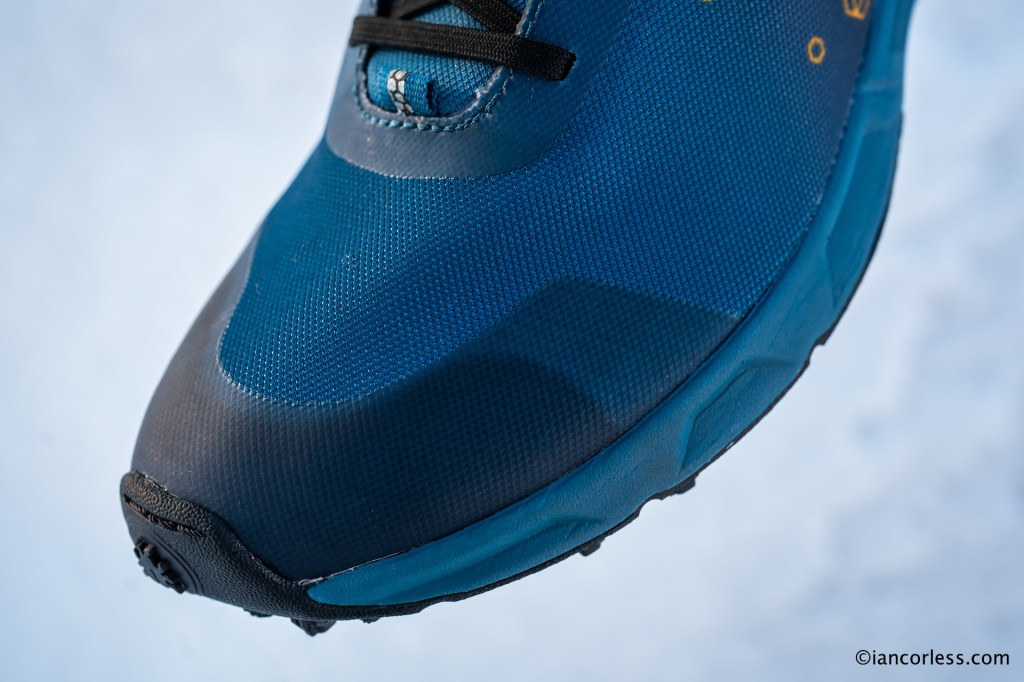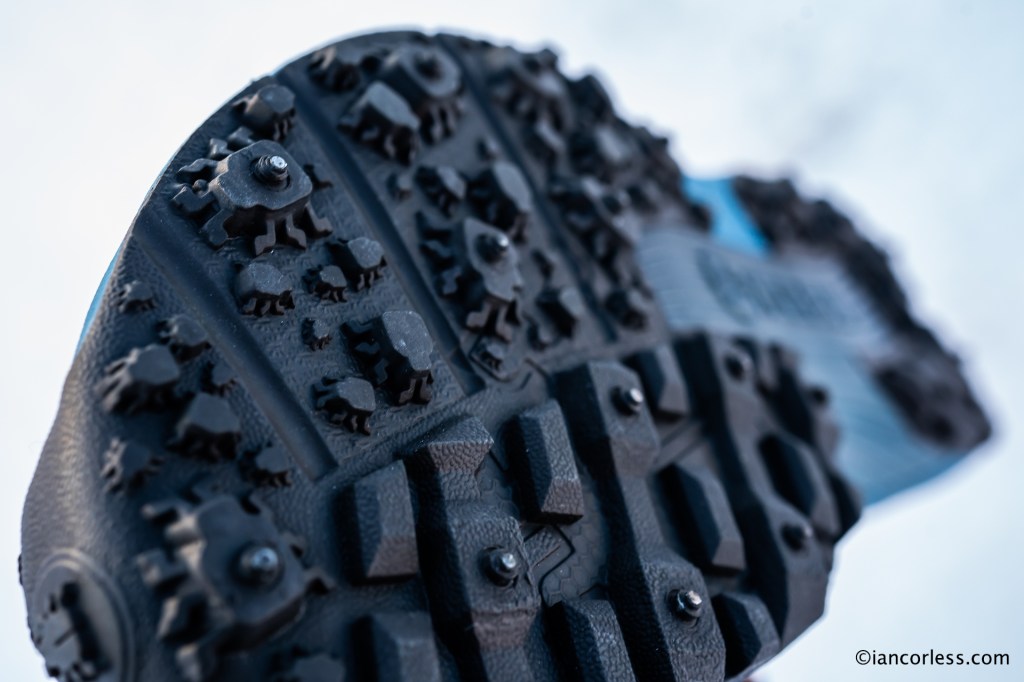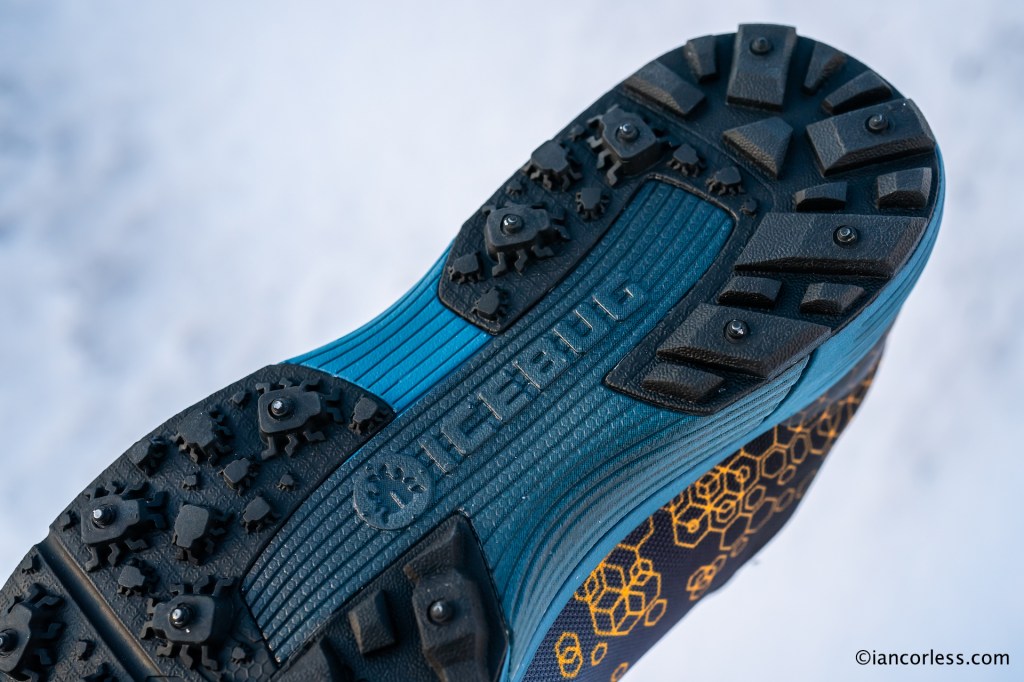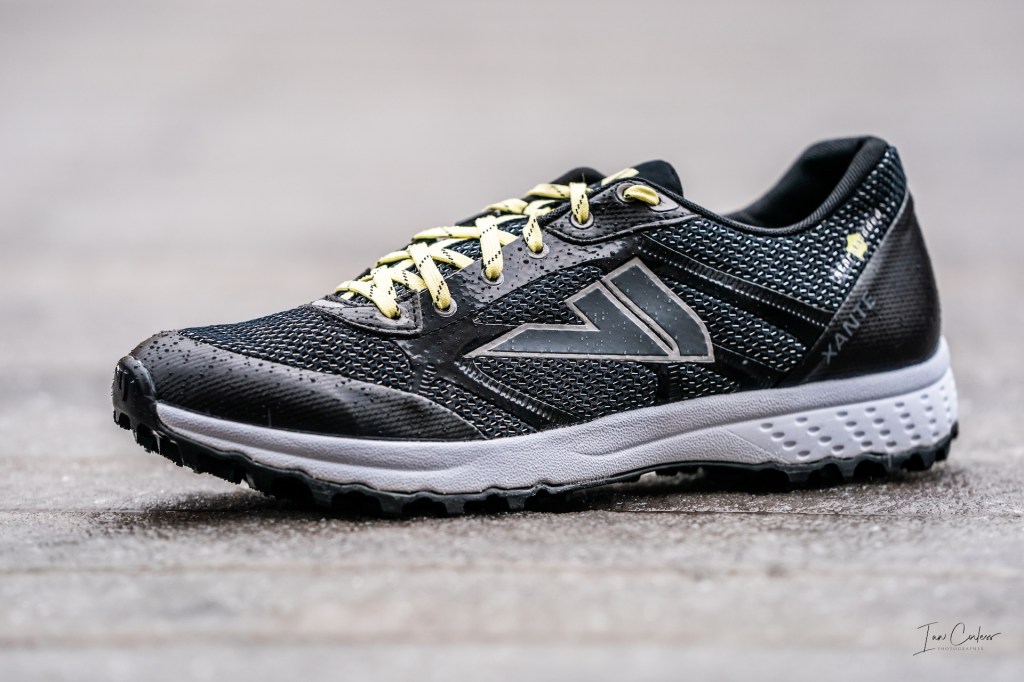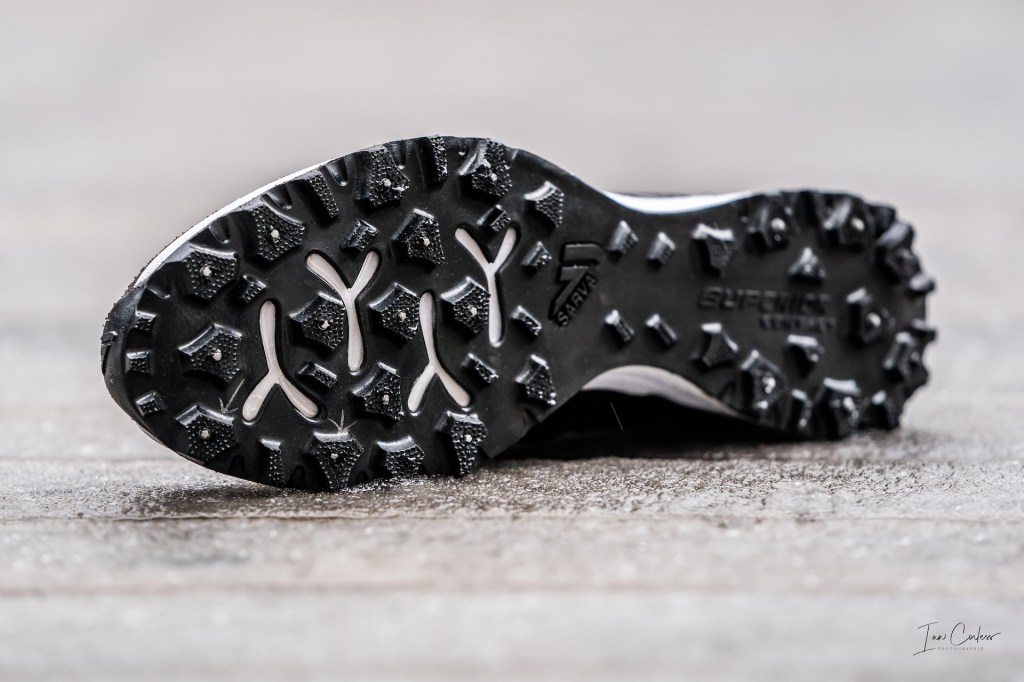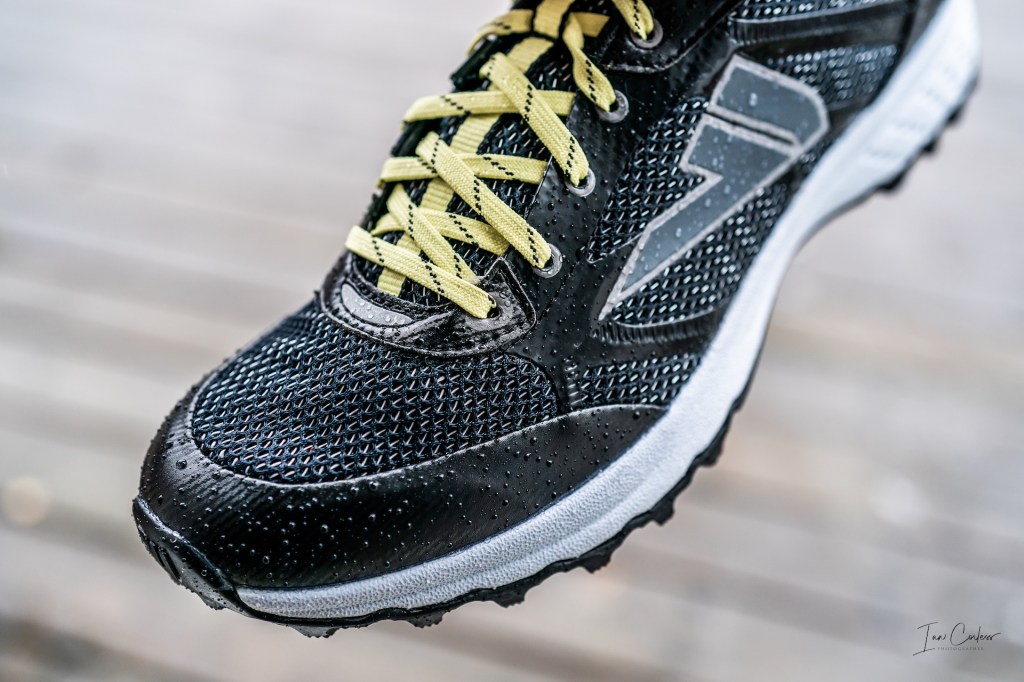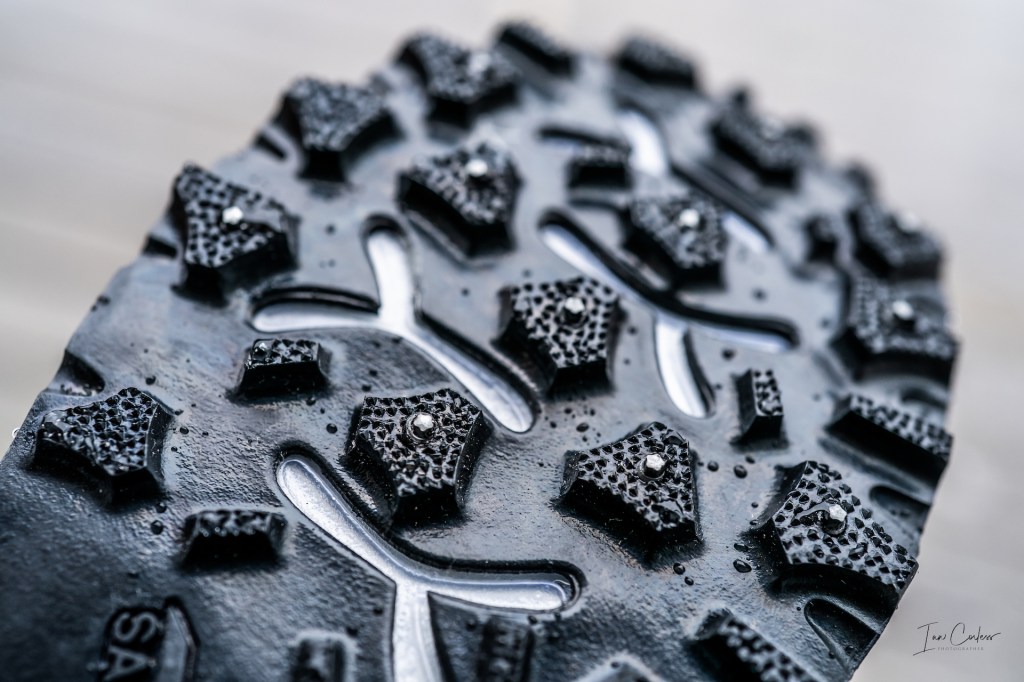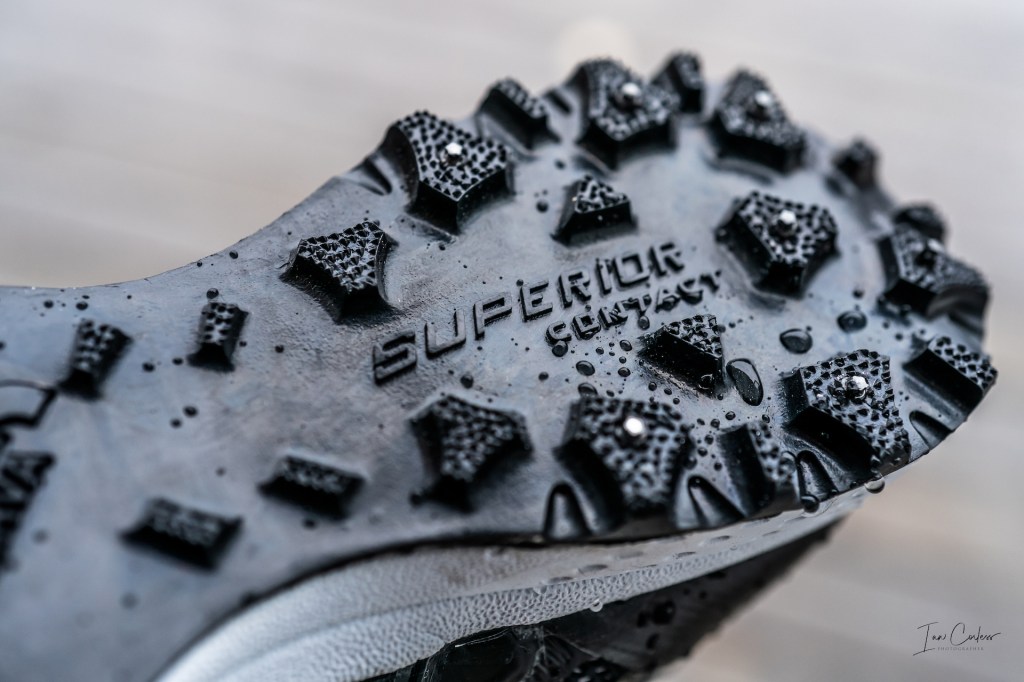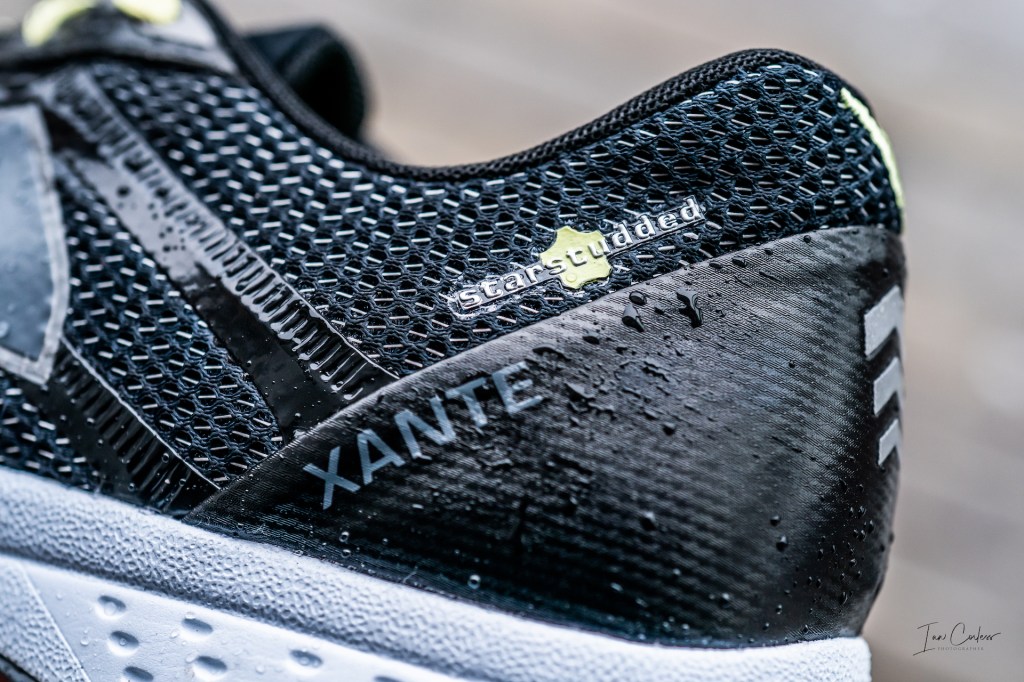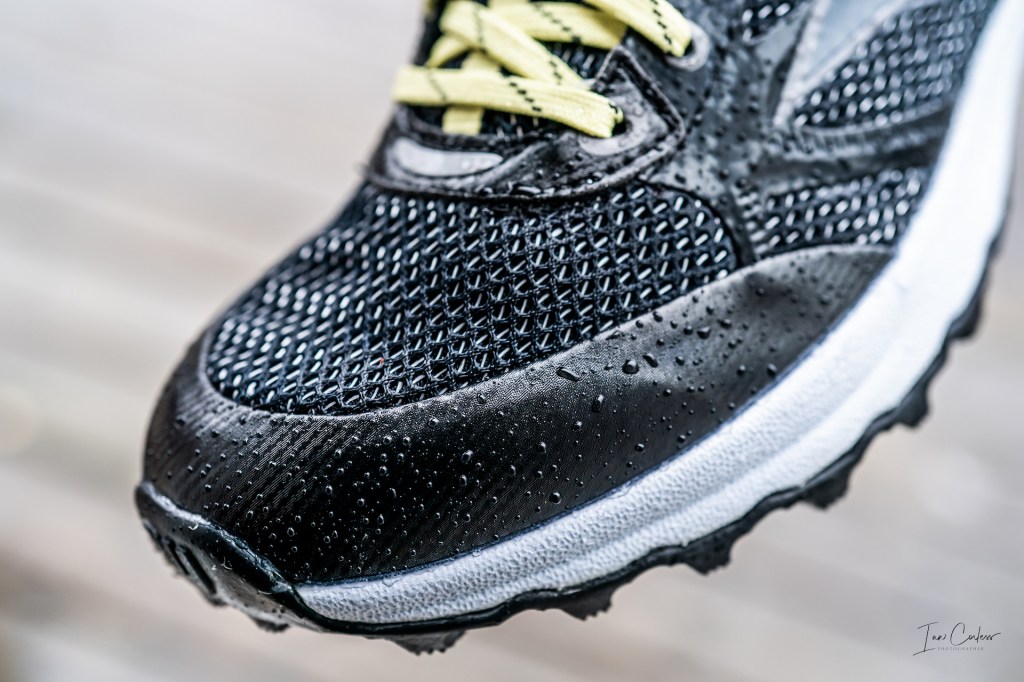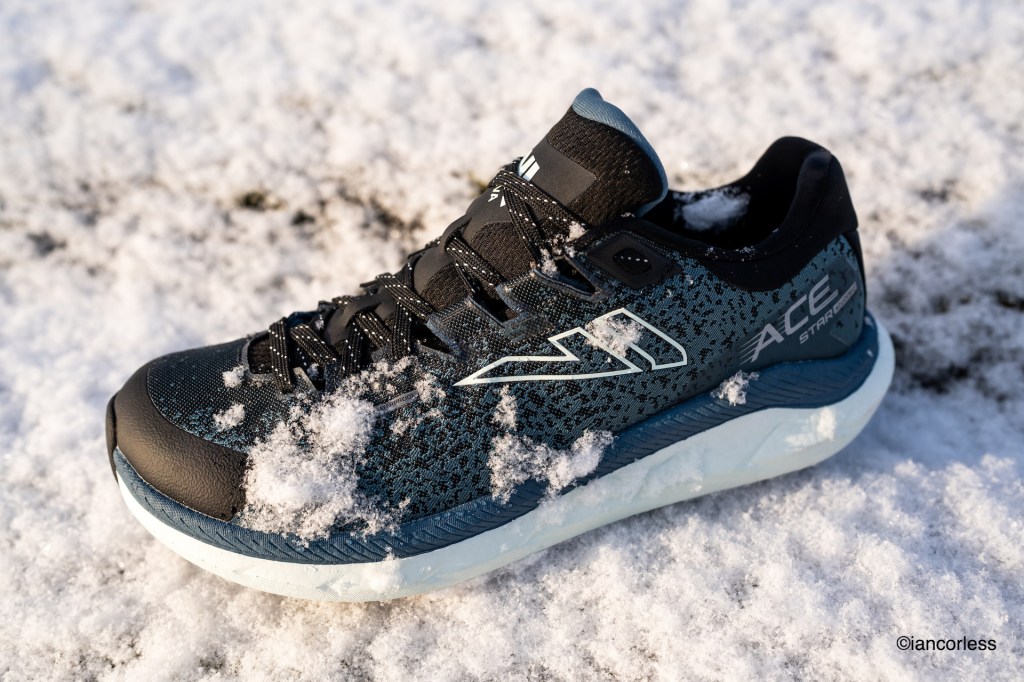
It is that time of the year, for many of us, when the ground is covered in snow and ice. Don’t be tempted to go out for a run in normal shoes, it will not end well and potentially, if you fall bad, keep you away from running for the whole of the winter season.
Purchasing a specific winter shoe may seem like an indulgence, but trust me, you will not complain when you use them, the run experience is so much more enjoyable then any other option available. Read an article on Running Ion Ice Here.
VJ Sport are renowned for the best grip on the planet with their incredible butyl outsoles, the reputation also extends to winter with their star studded winter studs.
I have just received the new Sarva Ace which is VJ’s most cushioned and comfortable star studded winter running shoe that they have ever produced.
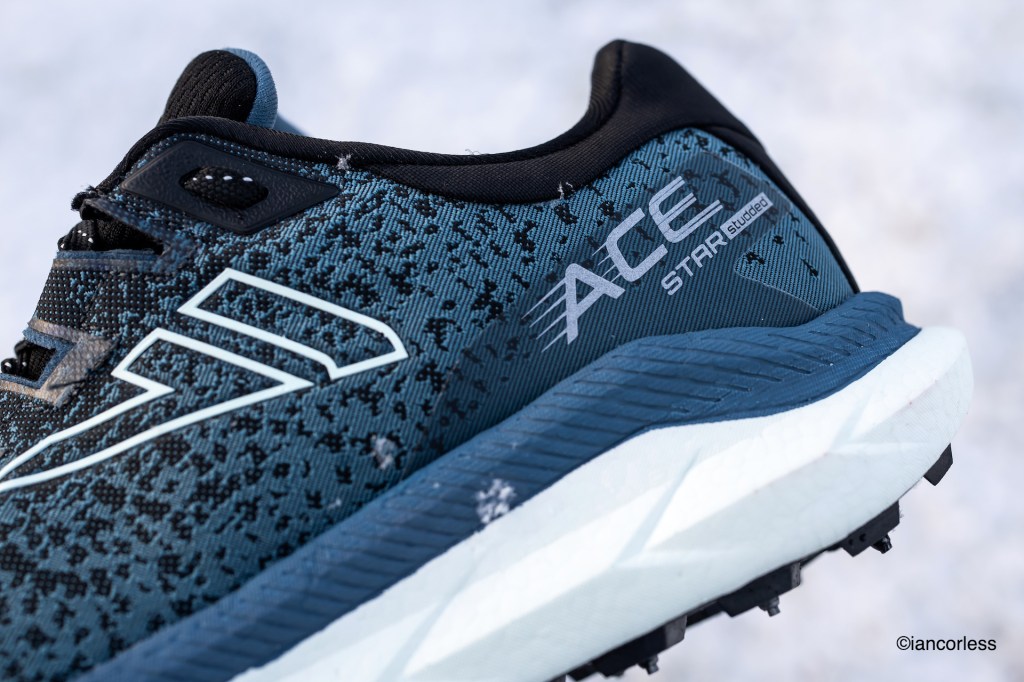
The Ace is VJ’s first winter running shoe to feature the PerFOAMance midsole , which provides more comfort and cushioning than the previous EVA midsoles, making winter runs on ice and packed snow easier on your feet.
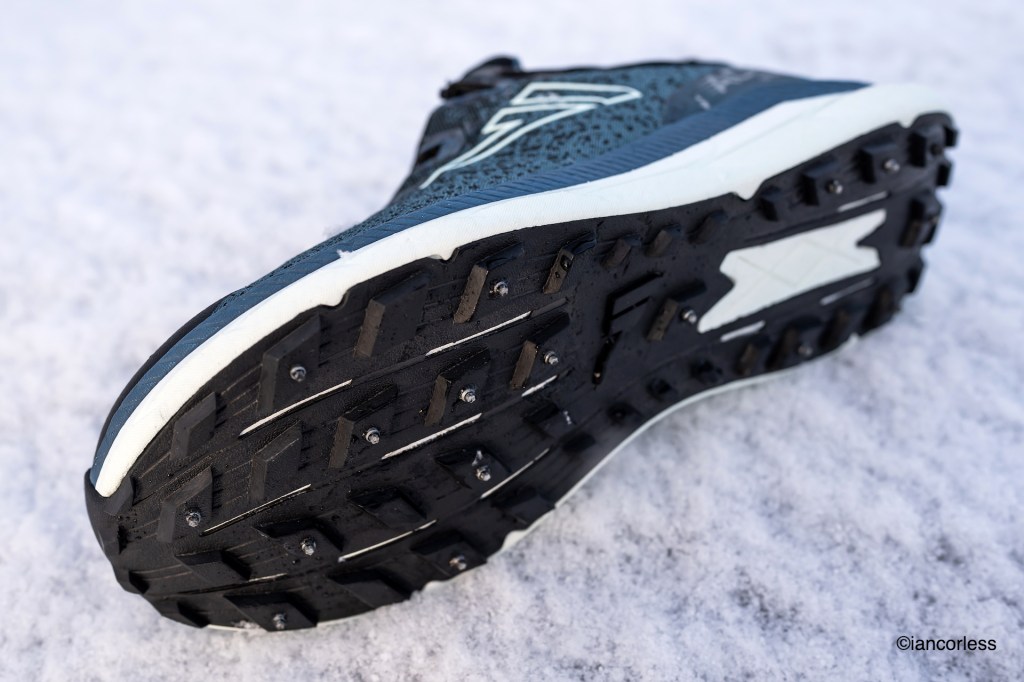
The Superior Contact outsole features 17 carbon steel, star-shaped metal studs that provide superior grip on slippery conditions.
Ace’s upper is a waterproof and durable one-piece upper .

To increase comfort and fit, the shoe is foot-shaped , has a spacious toe box and a soft heel that prevents the foot from chafing.

VJ’s innovative Fitlock system provides an optimal fit for the shoe by locking the foot. It also provides extra protection by protecting the arch from the impacts the foot encounters while running.
REVIEW
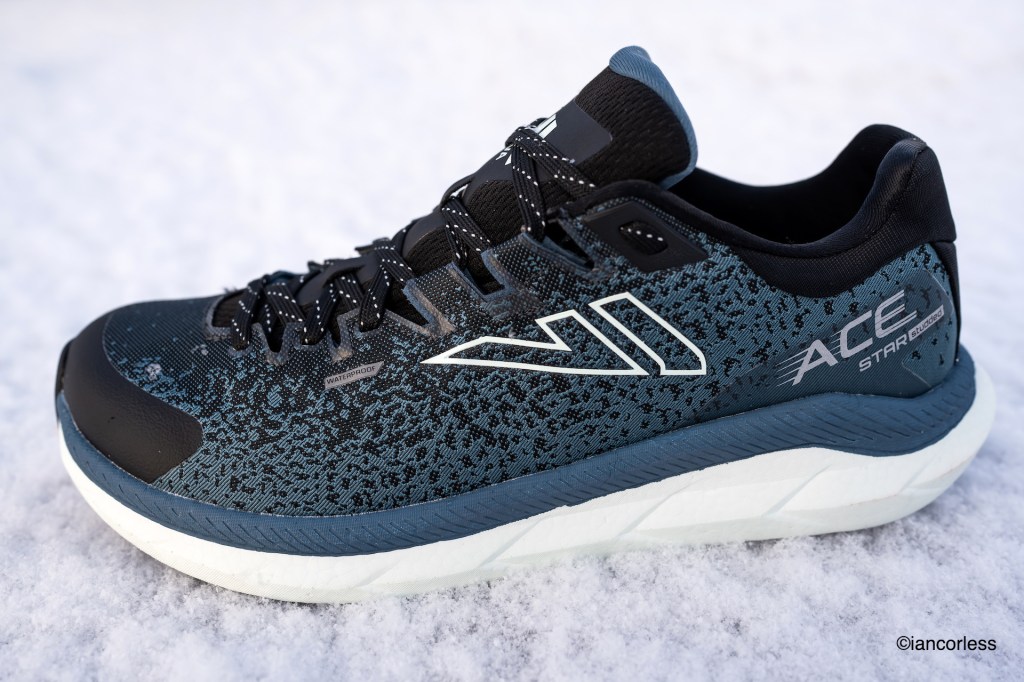
Grip, comfort and foothold, there are no better shoes than VJ Sport. The iRock, XTRM, MAXx and the recent Ultra offer something for all.
In winter, the need for a specific shoe for ice can be an essential requirement, particularly in Scandinavia when snow/ ice running can start in October and last till November. Depending on how much ice you encounter will depend on your need for a specific shoe. If you only get a few days of ice, the cost of a specific shoe would be hard to justify. But, if like me, pretty much every run I do for weeks and months on end need a specific shoe, it’s money well spent. And trust me, specific ice running shoes are a world apart from any run shoe with an ‘add-on’ mini crampon.
VJ have also been integral in my shoe choice using the Xante, Xero 5 and Icehero, all shoes offering key VJ features with the addition of winter studs for grip on ice.
VJ have just released a new shoe, the VJ Sarva ACE.
Quite simply, it’s the most comfortable ice running shoe I have ever tried. VJ have really pushed the barriers with this shoe and listened to the feedback of runners and answered two key points:
- Wider toe box.
- More cushioning.
VJ SARVA ACE
Light-weight, cushioned, wider fit, great foothold and superb comfort, the VJ Sarva ACE takes the previous VJ SARVA shoes to a new level. This shoe is so comfortable, I have already emailed VJ asking for this shoe to be made without studs. It would be a perfect shoe to run alongside the ULTRA, especially with the wider toe box.
The new ACE has 17 studs, 8mm drop with 17mm/ 25mm cushioning and more importantly, a considerably wider toe box (5 on the fit scale) which makes them ideal for winter allowing the user to utilize warmer and thicker socks to ensure warm feet and increased blood flow with room for toes to splay.
My UK10/ EU44.5 are 340g and my recommendation is to go up a size. My normal run shoe size is UK9.5/ EU44 but I have found with VJ, that I need a larger shoe. I did wonder with the ACE if this would be a mistake due to the wider toe box, it wasn’t!
Those who have used VJ before will know how amazing the foothold is from FITLOCK, a feature on all VJ shoes. It provides a tight and secure feel and offers support and stability. It makes the shoes feel like part of the foot.
VJ’s SCR (Superior Contact Rubber) is the best on any terrain, be that wet or dry. Like other brands, VJ add metal studs to the outsole to ensure grip in the most challenging terrain for winter. VJ’s studs are star shaped and comparison to other studs, they offer increased grip due to extra corners. The Butyl outsole has 4mm lugs.
No shoes are perfect and, in the past, VJ uppers have shown some wear, particularly in the flex area behind the metatarsals (a common weak area in many shoes) which has torn. In this shoe, VJ are using a new durable one-piece upper that is waterproof.
IN USE
The two key features are the toe box and cushioning. The toe box is ALTRA like, it is wide, very obviously foot-shaped and a huge departure for VJ. I must admit, I was a little worried they would be too wide. Not so, the run experience is superb.
The cushioning, again, a departure for VJ. This shoe has a life and a comfort that I had hoped the ULTRA would have. Ice running can be hard and harsh, VJ have listened to feedback and now made a shoe that offers comfort and cushioning to ease this impact. Like I said above, I want this shoe without studs for dry trail running. They are notably bouncy, particularly in the rear. Ice running does require you to change gait slightly, the more contact points with the ground, the greater the grip.
Lacing up, the Fitlock takes hold and they quite simply just encapsulate your foot giving the most secure feeling. The tongue is also very well padded reducing any stress or pressure on the navicular bone. The option to lock-lace is welcome with the additional eyelets at the top. I like aces tight and really holding the foot, however, in winter you need to make sure laces are not too tight and reducing blood flow. A lack of blood flow will make for cold (colder) feet. The laces gladly stop early allowing great flex at the front and not inhibiting the important propulsive phase.
The heel box, for me, does not hold as well as other VJ shoes and this is currently the only negative part of the shoe. I have found lock-lacing corrects this. Without lock-lacing I was getting just a little movement. It did not cause problems, but it did play on my mind. Having said that, it has never put a question in mind about using or choosing this shoe.
Out on the trails running in soft snow, ice and a plethora of mixed terrain, the ACE does exactly what you’d expect. The wider food print adds to a wider and more stable footprint on snow. The studs on ice grip remarkably well. The key with any winter shoe is trusting the shoe will do the job. Impact is your friend as is confidence. The two go together.
The added cushioning is a key highlight for me, and they are ideal for longer outings, particularly when running on harder trails or continuous ice. The comfort level is high… Not something that is usual for winter shoes. The wider toe box only adds to this package. Toes are able to move allowing for increased blood flow and therefore warmth, also helped by the waterproof upper.
SUMMARY
Winter shoes for many are a luxury, it all depends on how much snow or ice you get. If you do get regular ice, a specific bespoke shoe for winter running is so much better than any ‘add-on’ micro spikes.
The ACE has more cushioning, a wider toe box and great grip. It’s currently one the best specific ice shoe out there.
The only current downside of the ACE is the hold in the heel area. It’s not perfect and therefore makes this shoe a 9/10 and not an outright 10/10.

Follow on:
Instagram – @iancorlessphotography
Twitter – @talkultra
facebook.com/iancorlessphotography
Web – www.iancorless.com
Web – www.iancorlessphotography.com
Image sales –www.iancorless.photoshelter.com


